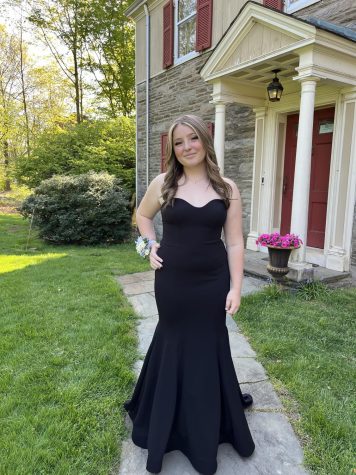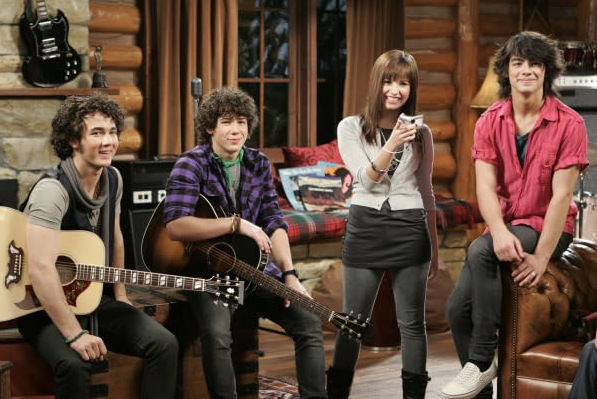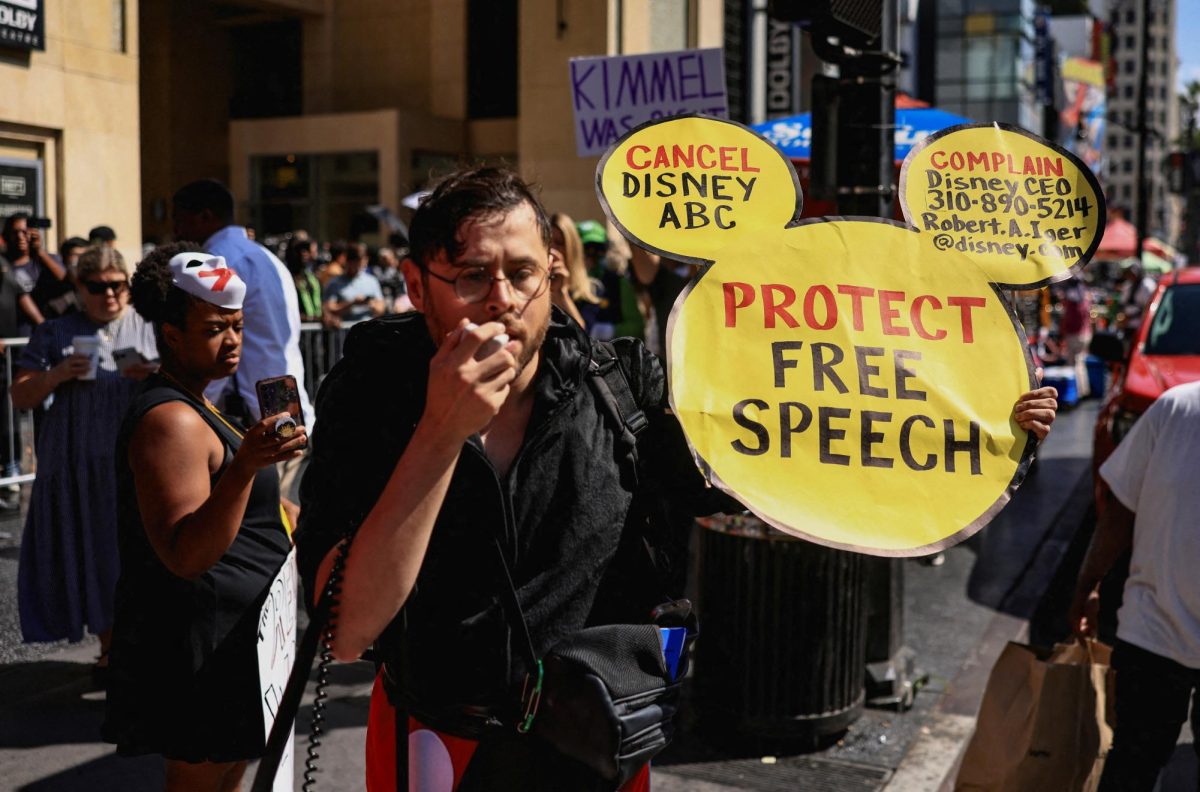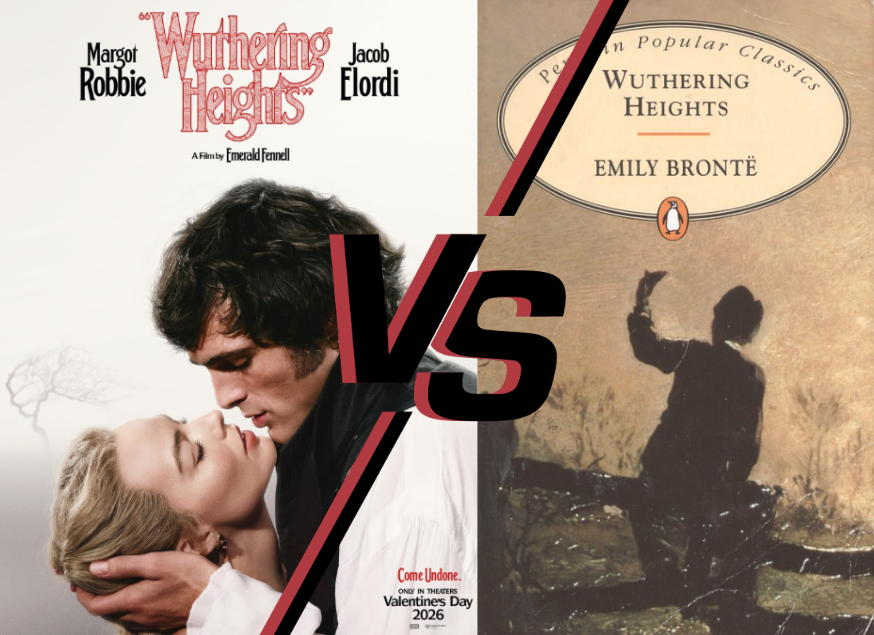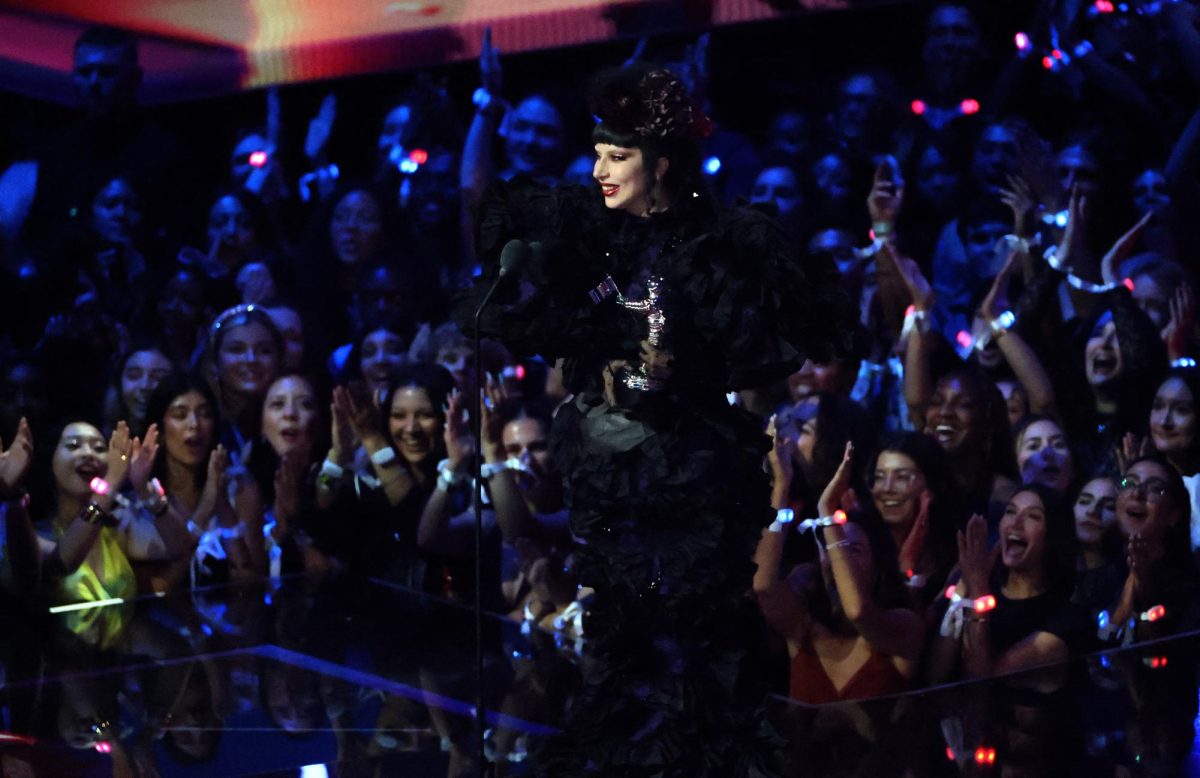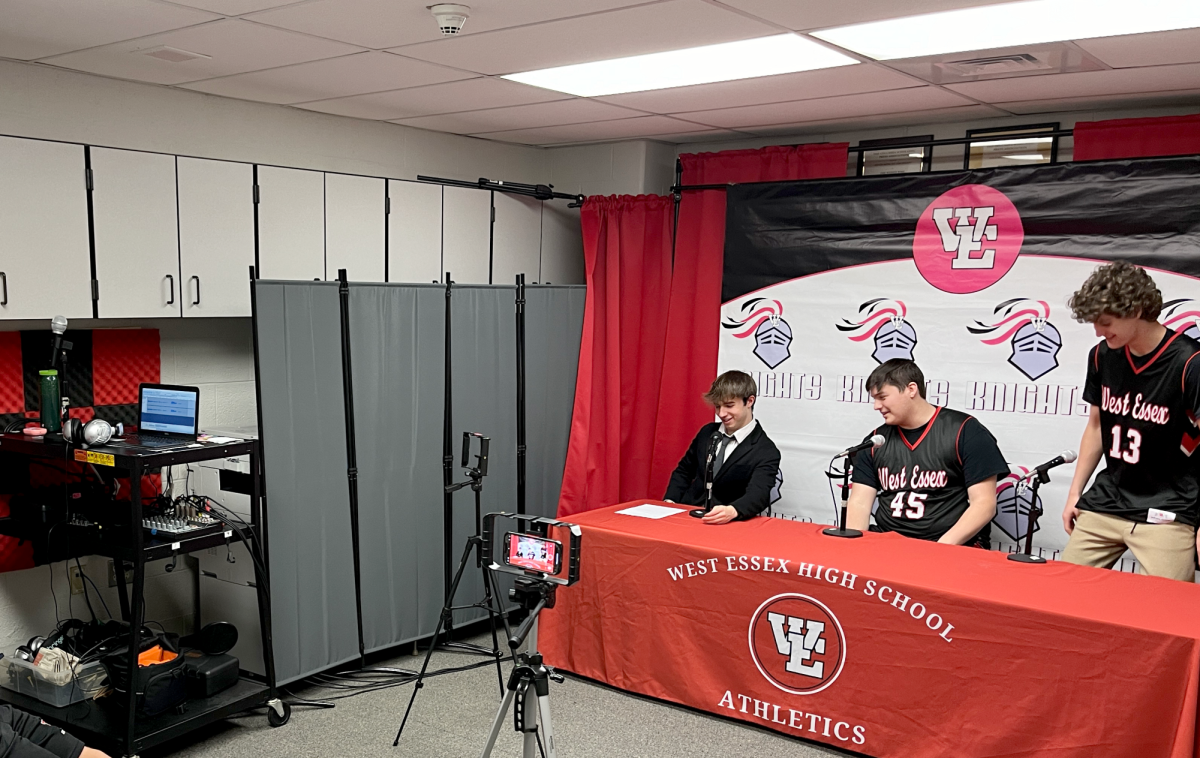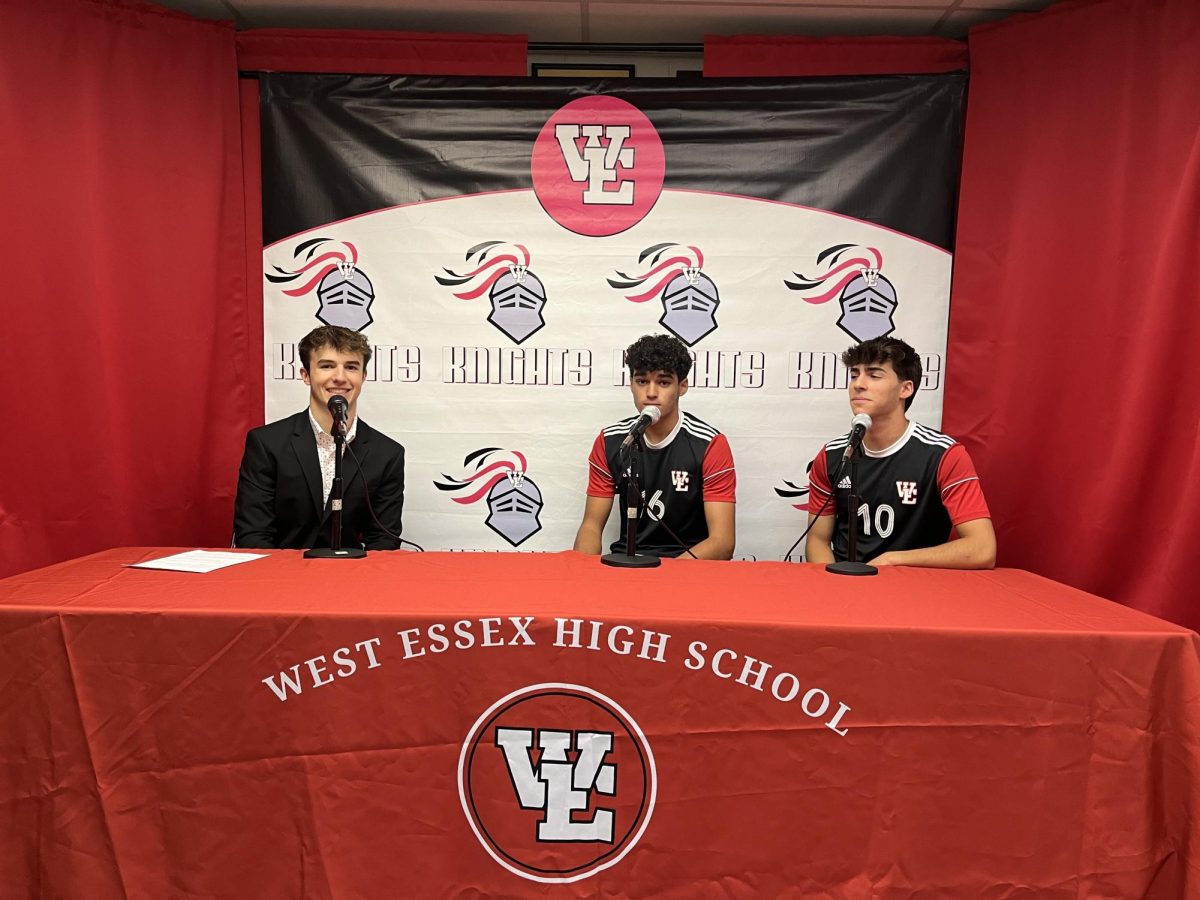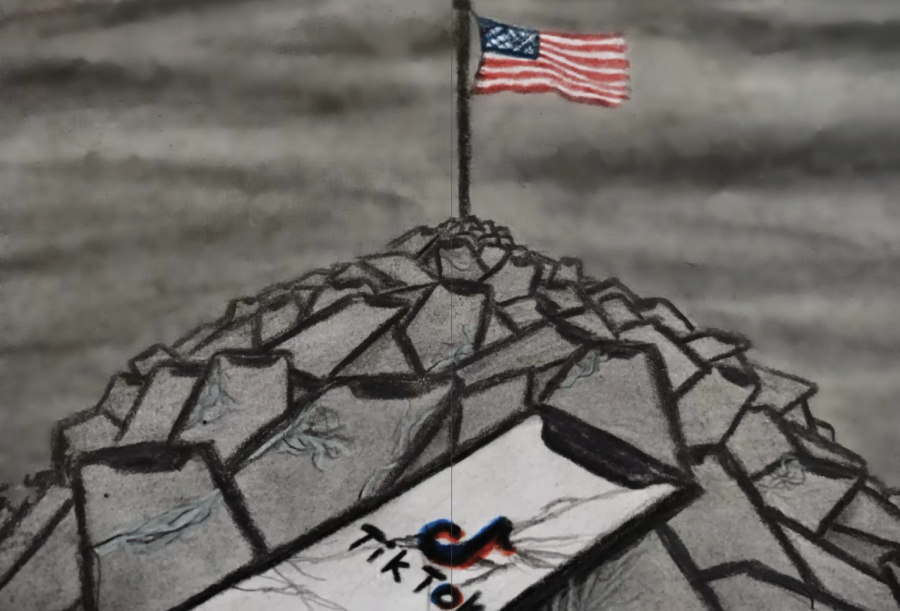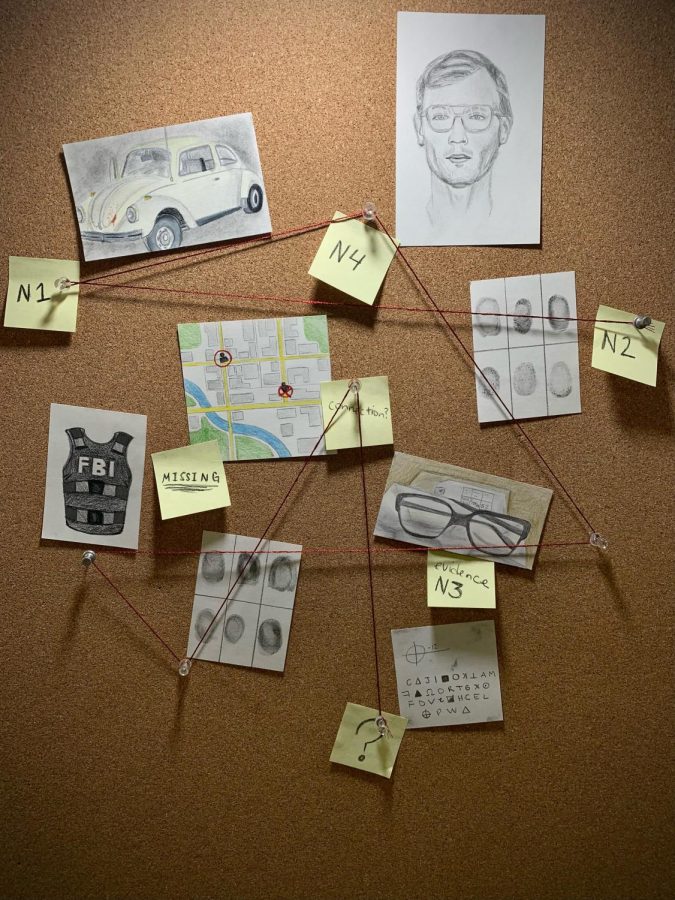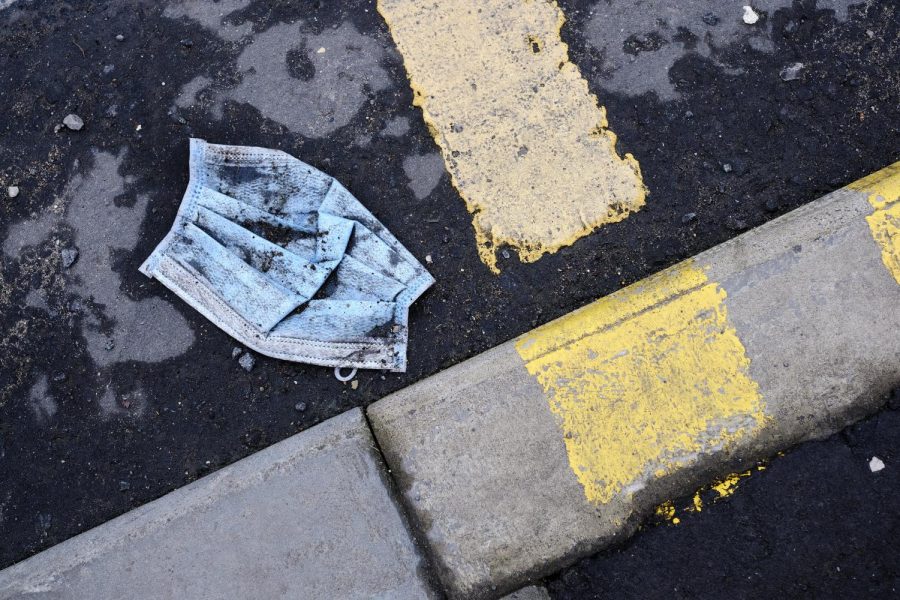Horror movies: The past’s iconic killers vs. today’s mind thrillers
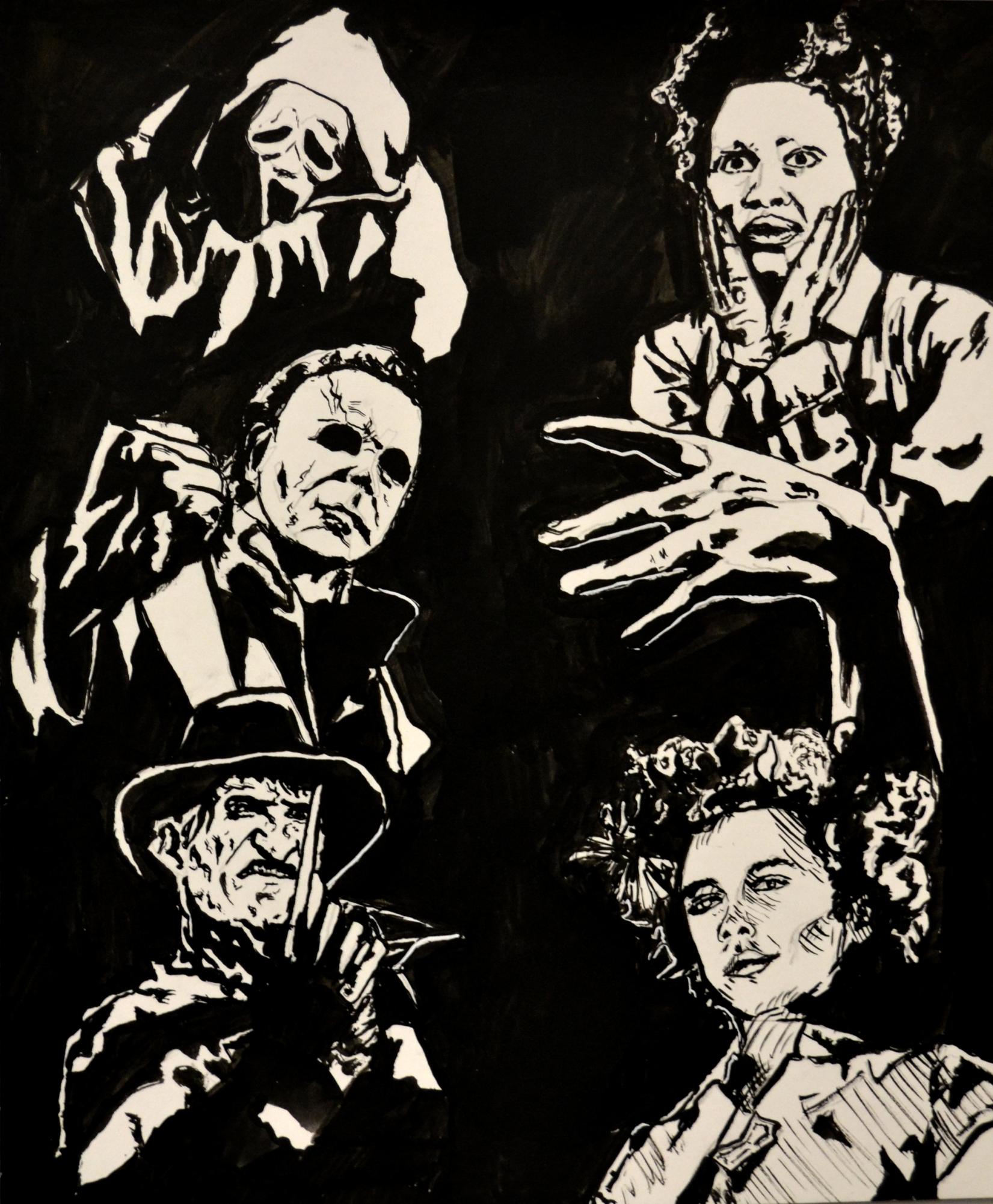
Halloween would not be anything without horror. For decades, horror movies have taken over theaters and streaming services everywhere. Whether it’s a psychological film or a slasher, scary movies have rarely failed to draw audiences.
When thinking about the most notorious horror films and characters, the mind always goes back to the originals. In the late seventies to the late nineties, horror was at its peak. From Freddy Krueger to Ghostface, the scare factor during this time period was unmatched, and horror today simply cannot compare.
Ranging from real jumpscares to the start of a new horror era, the films released in this period are far more superior to the rest. Since the only horror films prior to the seventies were films like “The Exorcist” and “Frankenstein,” the world had only seen low-quality psychological horror films. This era introduced a new wave of horror, evil human killers to the theaters.
For the first time, slasher films were brought to theaters all over the world. Considering the primary victims in slashers are teenagers, the world was sure to react in a fearful way. With a large amount of blood and gore and real people as the killers, these flicks remain the most realistic scary films of all time.
As for the overall mood, the older films are far more intense, suspenseful and bone-chilling than most newer films. Although the production isn’t as advanced as it may be today, the music, background scenes and jumpscares were extremely effective in scaring audiences. Throughout most of the films, those who watch feel more like a detective in the movie than a bystander. This makes the experience feel more real, as if the viewers are truly being hunted by the killer.
One of the superior aspects of the classic horror flicks are their notorious killers. The more popular ones—Freddy Krueger, Michael Myers, Jason and Ghostface—are still obsessed over by many horror fanatics to this day. Despite the fact that these movies were released decades ago, companies are still using them for merchandise, art, videos and even newer films, and fans are still feeding into the trends. These killers gave viewers all over the world a true look into the genre, making themselves true icons of horror.
Some of the most well-known films of all time, “A Nightmare on Elm Street,” “Halloween” and “Scream,” set the tone for all the sequels and movies to follow. While many still enjoy the newer films and sequels, they would be nothing without the originals. The newer Halloween and Scream movies follow the same plots and concepts as the first ones, but have newly introduced characters and contain some newer aspects. The sequels attempt to keep the spark from the original films include new characters that are usually related to the original ones. Even these newer films still need the nostalgia of the iconic ones.
While the newer films are still enjoyable and can have the original heart and nostalgia as the basics, there will truly never be anything like kicking back and watching the films that started it all.
Gone from horror is the stereotypical blood and gore to scare and shock viewers. Nowadays, the best looking horror films don’t have the viewer glancing nervously at their door, but rather, searching within themselves and within their own society. In a natural and proper evolution, horror has moved forward with society, embracing the need to observe the psychology of the actions and what makes them horrifying rather than going for the typical shock factor of bloody murders.
The new era of horror movies successfully creates an aura of fear that makes the viewer question not only themself, but society as a whole. Horror movies are no longer a quick watch made in order to scare viewers to death. Directors are now using this medium to explore real-world issues that are far more complex than simply serial killer murder sprees in a small town.
This is the case with Jordan Peele’s “Get Out,” his 2017 debut horror movie. In “Get Out,” Peele discusses racism, a somewhat taboo topic to breach, through the genre of horror. The film is elevated by incorporating some of the old concepts of iconic slashers, including having a twist villain.And, of course, there is a sudden and unexpected reveal of an underlying malicious plot that goes deeper than the main character could ever imagine. With a box office success, “Get Out” films set a precedent for other, modern psychologically-based movies to follow.
Movies like “Midsommar” and “Talk to Me” follow this trend, taking known elements from the classic slasher film and incorporating them into modern, often psychology based horror films. These movies possess complex messages, which invite a new world of nuance to the films. While there is something nostalgic about watching the original “Scream” movie, the feeling only lasts until viewers remember the endless list of cash-grab sequels. The movies that people loved so much are now reduced to nostalgia bait, creating soulless and unoriginal horror movies.
For a while, the soulless reproduction of sequels was the most common trend with “modern” horror movies. Movies today, like the ones mentioned above, actually have heart and soul behind them. Trying to recreate the campy, suspenseful vibe of the eighties slasher is near impossible to obtain, so it’s amazing that creators and directors are finally leaving that so-called “ideal” horror movie behind.
These new types of horror are reinventing the genre, and that’s a good thing. Psychological horror movies are more terrifying nowadays than they originally were. Back in the eighties, it was an unknown fantasy that was terrifying. Yet in the modern age, it’s the known truth of of our own reality. The genre has adapted with the age and maturity of its viewers, effectively making the newer movies far stronger than the older ones could ever be.
A true, good quality horror movie will scare the viewer well enough that they take something away from it. That’s what makes these movies so good and thats exactly what today’s modern horror is.
